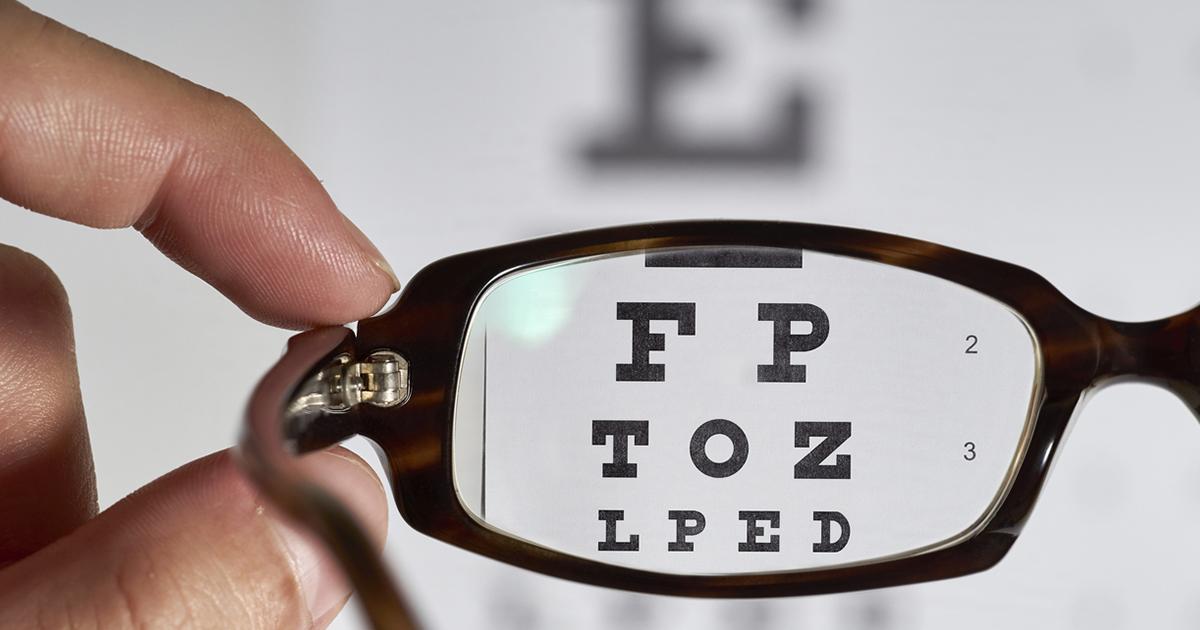Warning Symptoms Of Posterior Cortical Atrophy
Visual Agnosia

Visual agnosia was first identified in 1890, and it refers to the patient's inability to recognize people and objects using sight alone. Some patients may have a total loss of visual recognition, and others may be only partially affected. The type of visual agnosia associated with posterior cortical atrophy is known as secondary visual agnosia. Patients with this form of agnosia may be unable to recognize pictures of identical objects taken from different angles, and they may have difficulty drawing a picture of a familiar object. Some patients might be unable to state how objects they see in photos are normally used. Patients with this ailment often use touch, smell, or sound to identify objects, and they may identify others based on how they walk or talk. Medications used to treat Alzheimer's disease may help patients with posterior cortical atrophy in identifying objects and people more easily. Sometimes, patients might choose to have rehabilitation that re-teaches them about commonly used objects, and therapy used to restore lost memories may also be beneficial.
Depth Perception Issues

Depth perception issues frequently cause posterior cortical atrophy patients to have trouble with driving. In most cases, trouble with depth perception can make it too dangerous for these individuals to drive safely, and many choose to give up their driver's licenses voluntarily. Depth perception problems are often accompanied by double vision, and some patients may have trouble telling the difference between whether an object is moving or stationary. An inability to perceive more than one object at a time is also common. Some posterior cortical atrophy patients may feel disoriented, and hallucinations have been reported as well. Since depth perception difficulties may affect an individual's ability to maintain an active and independent lifestyle, patients can experience mood changes, including irritability and anxiety. To minimize difficulties and hazards associated with reduced depth perception, patients with posterior cortical atrophy should be very careful when using stairs, and throw rugs in the home may need to be removed or reinforced with non-skid padding to reduce the risk of falls.
